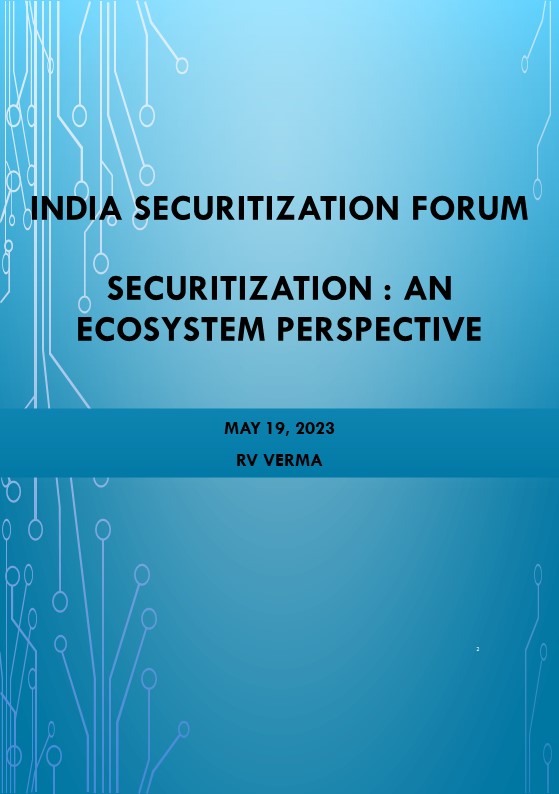Corporate Governance: Miles Travelled and Miles to go
Register to our premium section to access the e-book
Book released on January 24, 2024
Access the official book launch video on our youtube channel

Inviting you to delve into a sweeping 700-pager book that unfolds the intricate tapestry of Corporate Governance as concept, providing a comprehensive and enlightening treatise on its evolution across diverse areas. Some of the salient features of this book are
- Runs over 700 pages of text, divided into 9 parts, consisting of 25 chapters.
- Coverage of the complete ecosystem of corporate governance including the board and its committees, independent directors, auditors, proxy advisors, and shareholders.
- Extensive coverage of conflicts of interest which forms the major area of concern in corporate governance with detailed analysis of regulations on related party transactions.
- Covers information symmetry and corporate transparency as one of the key targets of effective corporate governance, with substantial coverage on insider trading and ensuring confidentiality and the flow of information from companies to the stock exchanges.
- Several chapters are supported by extensive,well-classified FAQs.
- Global coverage with an Indian focus, to allow readers to put the regulations into a wider context and understand international best practices.
- Sustainability and business responsibility covering detailed analysis of obligations relating to ESG, climate change and directors’ liability for the same, sustainability financing, and CSR.
- Use of technology in corporate governance like the use of AI in boardroom decisions.
In addition to the contents, the book has been designed in an e-book format to provide additional benefits to readers such as –
- Hyperlinked text allowing access to the net resources
- Eco-friendly, as we save paper and print
- Cost effective -note that the subscription charges to our premium section are nominal, and not for this book but for all the materials/text that we put in the premium section
- Reader’s ease of access – you may refer to the book using your handheld device, laptop, and at any point or place
- Ease of searching and referencing – text search, string search capabilities of PDF versions may be deployed
- Timely updations – we may, at intervals that we determine, update the text – therefore, you will be reading the last updated version, whereas print publications take long time to be revised. Notably, in the dynamic space of corporate governance, regulatory information itself may change frequently enough
Here’s a sneak peek into the contents of the book
 Loading…
Loading…
Access Detailed Table of Contents – here






